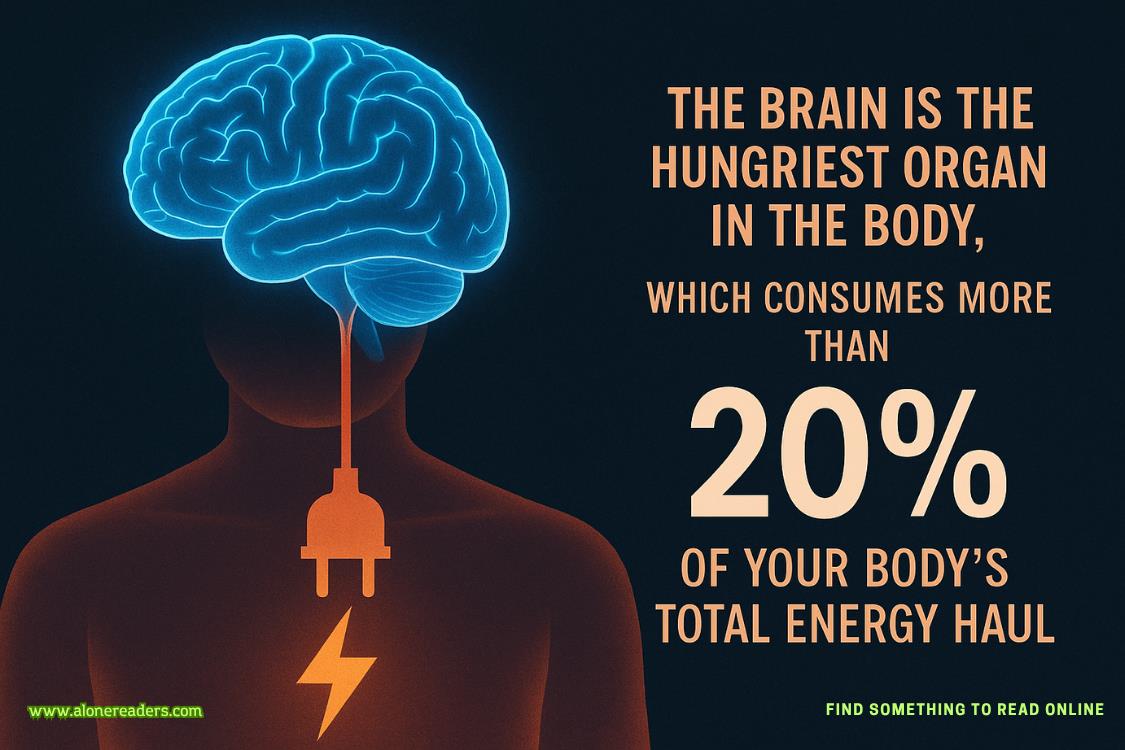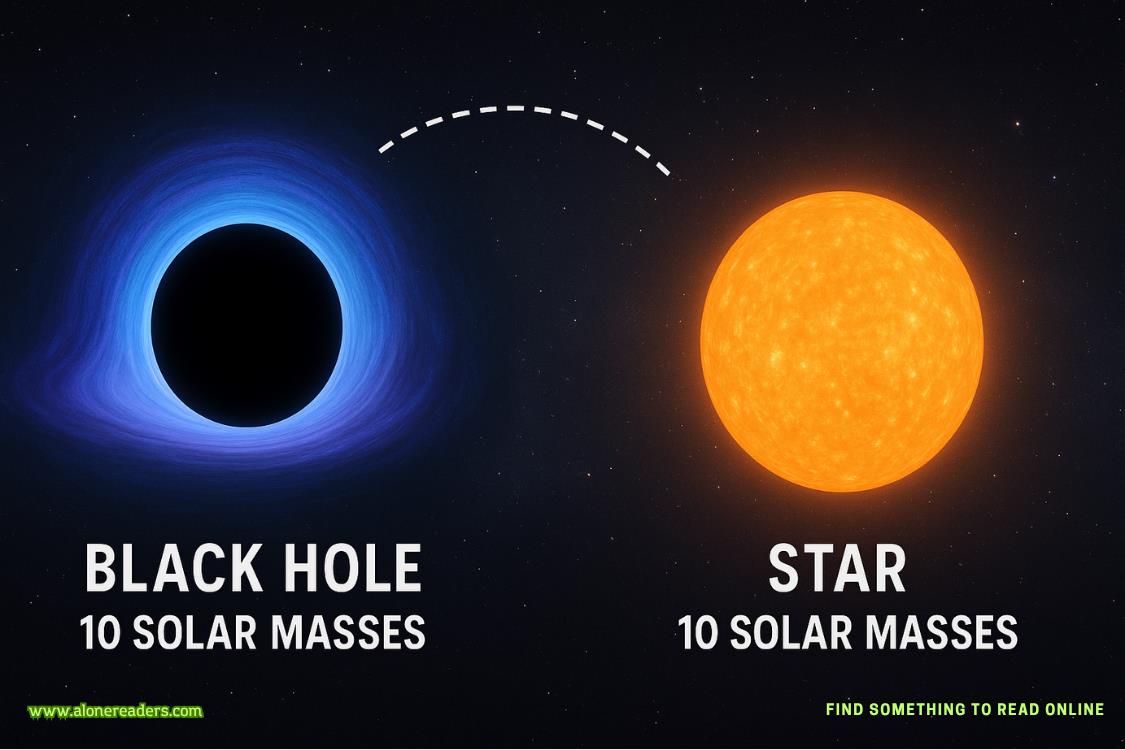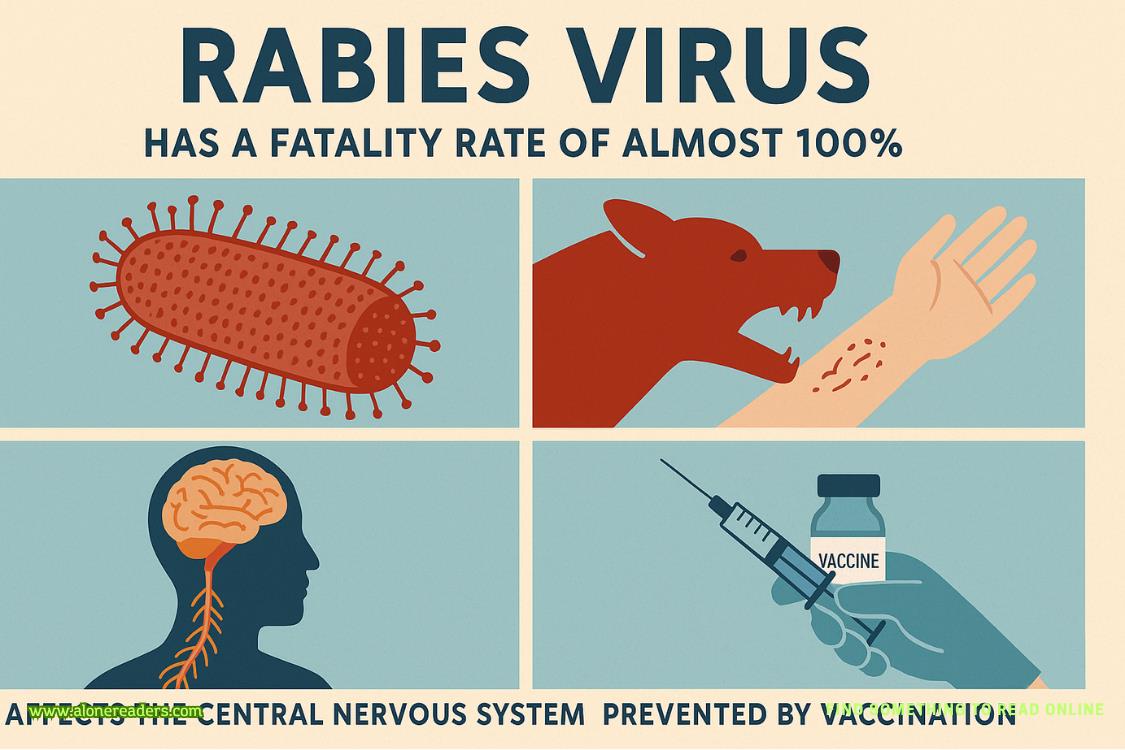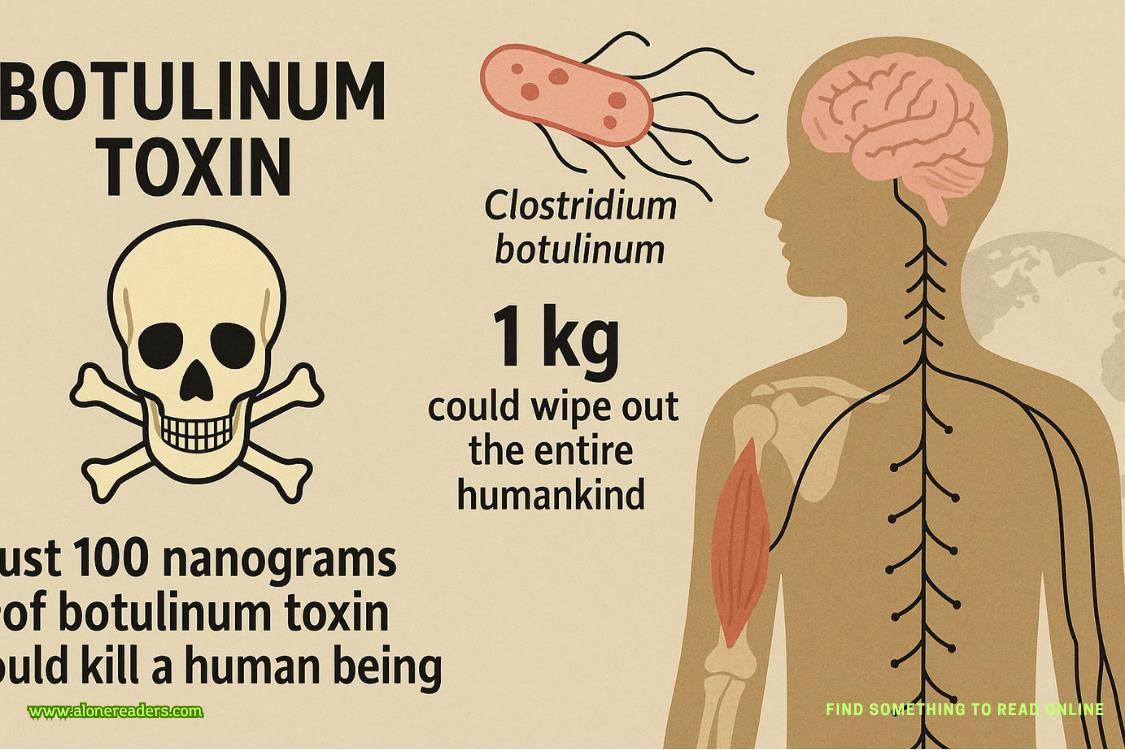Page 175 of When We Were Young
August 2016
Liv
The Will Bailey I knew – Emily Lawrence
(Images, clockwise from top: Emily Lawrence, in the same gold lamé jacket Bailey wore on the cover of ‘Fragments’, Bailey and Lawrence at The Craic Music Festival, Ireland, 1997. Bailey playing Red Rocks Amphitheatre, Colorado, 1997 as photographed by Lawrence.)
Emily Lawrence has changed little in the twenty years since these photographs were taken. She has the same chestnut hair, the same smile, and the same dark eyes, although there are a few laughter lines around them now. Which is ironic because her eyes convey such sorrow.
Emily met Bailey when he was a busker. According to Bailey’s friends, she was the inspiration behind many of the songs on theFragmentsalbum. They say she was his muse.
‘I don’t know about that,’ she says, dismissing the idea with a laugh, but the notebooks and letters he left behind suggest otherwise. Two flight cases worth. Preserved in his parents’ garage, where he wrote the bulk ofFragmentsin the years prior to its release in 1996.
What is it like to have someone write a song about you?
Oh my gosh – it’s surreal! The first I heard he’d written a song about me was from his girlfriend. It was an uncomfortable conversation, as you can imagine. I was with his brother then, too, so it came as a complete shock. But once you know, it’s obvious. I asked him once if he hoped I’d notice. He said hehadto write it and when it was finished, he tried swapping some lyrics, but it wasn’t the same, so he left it as it was. It was a gamble, and it got him into trouble, but it also got us together.
We had been together a while when he wrote ‘Intertwined’. It evolved over a few days. He played me the riff first, then the melody, and when he sang it with the lyrics for the first time, it was just… beautiful and heartfelt and he was so…exposedas he sang it. It took my breath away. He made me feel good about myself, he gave me the confidence to… be me.
I still find it difficult to listen to his songs. They’re emotional anyway, but they hold so much meaning for me and there are so many memories wrapped up in them it’s hard – really hard – to enjoy them. Maybe one day.
You spent three months on tour with the band. What was that like?
I was on summer break from art school and Will had the idea of me being the official tour photographer. I did a lot of photography on my course so I could take a decent picture. The pay was peanuts, but it meant we didn’t have to be apart for the whole tour. This one’s my favourite (top, right). This was Red Rocks Amphitheatre. It was stunning. You can tell from his face how awe-inspiring it was to playon that stage with that spectacular backdrop. When I first joined the bus, everyone was on their best behaviour because I was around, but by the end of the summer, I was one of the boys. We were like family. That was the best summer of my life. So much fun.
What was he like in private?
He wasn’t like other guys. He was sensitive – he wore his heart on his sleeve. He didn’t play games; he told you how he felt. You couldn’t write a song like ‘Yellow Feathers’ and not be in touch with your emotions. Part of being creative is having this ability to tap into them. It’s part of the gift, but it also means you’re a little fragile, you’re vulnerable. It flows both ways. If you can let it out, there’s a danger you could let too much in. Being with him could be intense.
Would you say he was a ‘tortured artist’?
I hate that phrase, it’sdangerous. I mean, it implies it’s okay to be struggling with your mental health as long as you’re producing art. If you haven’t gone through mental anguish, then your work isn’t worthy.
Was Will a tortured artist? No. He was just a person. He had problems like we all do. Did he use his talent to exorcise his demons? Absolutely. Lots of creative people use their art as an outlet for their troubles, to express themselves and to deal with their thoughts and feelings. You know, I think we sometimes glamorise suicide and it’s as bad as stigmatising it. A quarter of people in the UK have mental health problems. One in five people will have suicidal thoughts at some point in their life. Negative feelings are a normal part of life. Talking about them should be normal, too.
We didn’t talk about mental health in the nineties, but we know now that talking helps, whether that’s with a friend, or with family or a professional.
Apparently, it’s common, particularly with young men, for them to make a sudden, rash decision and follow through with it before anyone even notices they’re struggling. There was an exhibition on the South Bank a couple of years ago – I saw it on the news. It was photographs of all these smiling, carefree faces, but they turned out to be the last photos of people who had taken their own lives. The message was: ‘Suicidal doesn’t always look suicidal’.
I’d ask everyone reading this to be mindful that even the happiest, most outgoing and bubbly person in your life might be struggling right now. Reach out to your friends and ask them if they’re okay. When they say they’re fine – which they will – ask again. ‘Are youreallyokay?’. I watched a documentary recently. A group of guys lost one of their friends to suicide and after his death, they made a pact to ask each other twice. What a lovely idea – ask your friends twice.
I didn’t even ask Will once…
What do you miss most about him?
It’s funny because we were apart for most of our relationship. I still get the urge to call him sometimes. I’ve got so many memories of our telephone conversations; I even dream about them. He was never in one place, and you didn’t call mobile phones long distance in those days. It cost a fortune. It took lots of patience and perseverance to get through to him. But that’s what I miss the most – our long-distance chats. He was funny and clever and kind.
I’ll always miss him.
What was the last thing you said to each other?
I’m not sure I can talk about that… I don’t want it to go into—
But you’ll tell me?
She nods, so I stop the recording.
‘You’re sure?’ I ask, and she nods again.
- Shameless in Vegas by Katherine L. Evans
- Three Wickedly Bad Neighbors and a Very Grumpy Girl by Chloe Kent
- A Sixpence For Your Shoe by Hannah Rio
- The Thief That Stole Christmas by Leslie Ayla
- The Biker's Savage Desire by Khloe Summers
- Until the End by Shelby Gunter
- Client Privilege by C.G. Macington
- Sacred Hearts by C.G. Macington
- Defender by Janie Crouch
- Hero Mine by Janie Crouch
- Sin City Obsession by Rose Wulf
- The Faceless Omega by Rose Wulf
- Of Pucking Course by Sarah Smith
- Choices of the Heart by Sarah M. Eden
- Charming Artemis by Sarah M. Eden
- The Best-Laid Plans by Sarah M. Eden







